Collective Creation, RES#19+ and Historically & Culturally Informed Performance Practices
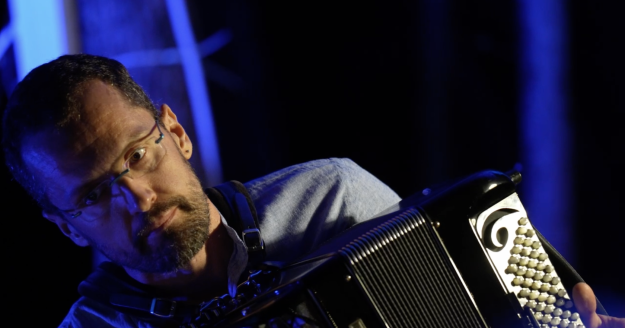
The co-composition pendulum: Reevaluating the composer-performer relationship.
Luca Piovesan
Het accordeon is een relatief nieuw instrument binnen de hedendaagse muziek. Hierdoor kunnen componisten maar weinig bestaande literatuur raadplegen om de mechanische en klankmatige mogelijkheden van het accordeon te begrijpen. Bovendien is het bestaande repertoire voor accordeon erg klein. Zoals de onderzoeker heeft ervaren, worden samenwerkingen met componisten daarom sterk gekenmerkt door een nauwe relatie tussen componist en uitvoerder, waarbij de uitvoerder vaak een actieve rol speelt in het creëren van muzikaal materiaal. Dit doctoraatsonderzoek van Luca Piovesan heeft als doel de zogenaamde ‘kieren’ in de algemene opinie verder open te breken door de werking van het accordeon voor de componist nog verder te verhullen, onder meer door het gebruik van een reeks elektronische klankvormers. Met dit gepersonaliseerde instrument zal de onderzoeker nieuwe samenwerkingen aangaan met componisten en de resultaten van deze co-creatieve processen analyseren met de theoretische instrumenten van semiotische en historische analyse.
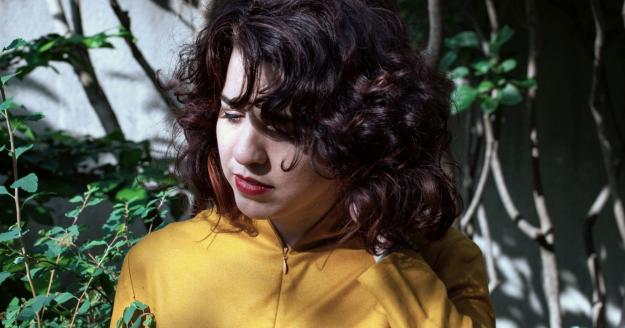
Symphonia Botanica: Composing For Instrumental Collectives And Orchestras From An Ecological Perspective
Michelle Agnes Magalhaes
Symphonia Botanica is een artistiek onderzoeksproject dat de muzikale compositie herdenkt, met een focus op de relationele aspecten van collectieven en orkestgroepen. Door traditionele hiërarchieën en categorieën binnen het orkest te herstructureren, streven we naar meer interactie tussen musici en hun omgeving en naar het bevorderen van samenwerking op meerdere niveaus. Het onderzoek wordt ondersteund door een ecologisch georiënteerde bibliografie en breidt de visie van Murray Schafer op dit gebied uit. Daarnaast onderzoeken we hoe ecologische concepten samenvallen met muzikale praktijk. Hiervoor ontwikkelen we een reeks werken en protocollen om collectieve betrokkenheid van orkesten en ensembles te vergemakkelijken. Met deze studie onderzoeken we hoe structurele reorganisatie van orkestgroepen de muzikale resultaten beïnvloedt. Het onderzoek vindt plaats binnen twee culturele contexten—Europa en Zuid-Amerika—waardoor we de voorgestelde praktijken kunnen diversifiëren en de resultaten op beide continenten met elkaar kunnen vergelijken.
RES#19+
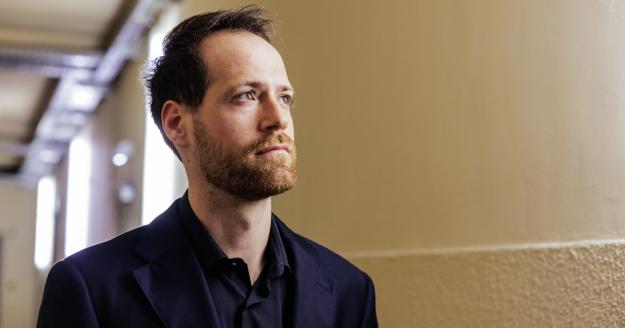
“Töne sind höhere Worte” (Sounds are higher words)
Marco Mantovani
Dit onderzoek benadert de werken van Schumann vanuit het perspectief van de uitvoerende kunstenaar. Hierbij worden theoretische aspecten en de historische context in beschouwing genomen, evenals de studie naar hoe deze composities werden geïnspireerd door de stijl en psychologie van schrijvers als E.T.A. Hoffmann en Jean Paul Richter. De onderzoeker zal ook proberen de diepste gedachten van de componist te doorgronden door middel van zijn eigen artistieke praktijk en inzicht, gevoed door niet alleen de uitgebreide studie van Schumanns modellen, zowel muzikaal als literair, maar ook door de omgang met twintigste-eeuwse en hedendaagse literaire, filosofische en muzikale stromingen die stevig verankerd zijn in dezelfde traditie. Het onderzoek zal culmineren in de uitvoering en opname van deze composities.
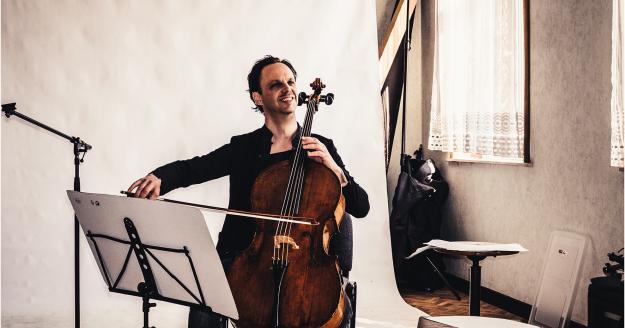
From Servais over Casals to today: an innovative look at the Brussels basses of the romantic Belgian cello school.
Benjamin Glorieux
De beroemde Spaanse cellist Pablo Casals (1876-1973) schrijft in zijn autobiografie dat hij in 1895 ten allen prijze aan het Brusselse Conservatorium wou studeren. Hoewel van deze plannen weinig in huis kwam is het opmerkelijk dat de Brusselse celloklas een grote internationale uitstraling had. Volgens biograaf Peter François is dit het resultaat van het werk en de artistieke nalatenschap van in hoofdzaak één man, namelijk Hallenaar François Servais. Bestaat er ook een aanwijsbare inhoudelijk-artistieke Belgische cello school, en leeft ze verder tot op vandaag? Hoe relateert Servais’ oeuvre zich tot de context van zijn en onze tijd en kunnen we de vinger leggen op de specifieke artistieke kenmerken van de Brusselse cellisten?
Historische & Cultureel Geïnformeerde Uitvoeringspraktijken
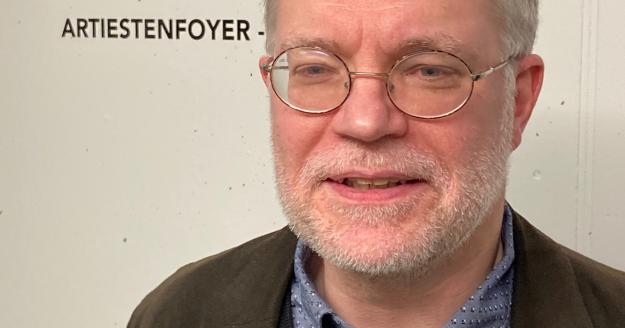
Jacques Albert & Victor-Charles Mahillon, brothers in arms?
Stefaan Verdegem
Jacques Albert (1849-1918) may be considered the most important Belgian oboe maker of the 19th and early 20th centuries. He was not only the son of the renowned Brussels woodwind instrument maker Eugène Albert, but he was also a qualified oboist of the Brussels Royal Conservatory. In addition to oboes and bassoons, he also produced other woodwind instruments, such as flutes and clarinets. He was therefore both a colleague and a competitor of his contemporary, Victor-Charles Mahillon. Surviving instruments by both makers sometimes show remarkable similarities and shed new light on the relationship of these two major Brussels instrument makers from around the turn of the twentieth century.
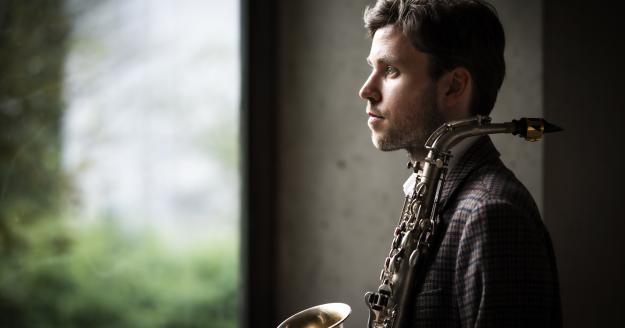
Towards a "Herstory" of the Saxophone: A Subaltern History of Black and White Women Saxophonists in the North Atlantic (1870-1940)
Kurt Bertels
This project studies women saxophonists in the United States and Europe in the late 19th and early 20th century. Black and White women were highly attracted to Adolphe Sax’s revolutionary invention. The project demonstrates that women embraced the instrument’s subversive status to express identities while disrupting traditional musical conventions. Going against the tenet, the project hypothesizes that early saxophone culture was not simply dominated by White-Male performers from France, but that women either reinterpreted the French performance paradigm or even invented a saxophone practice of their own. They thus became the center of public imagination and criticism within a normative zeitgeist. To explore this central hypothesis, I will study the reception of first-generation women saxophonists in the light of historical conceptions of musicianship, gender and race, analyze individual performance practices and saxophone aesthetics of prominent performers, and create a historically informed performance of these women’s repertoire.
Read also: Towards a “Herstory” of the Saxophone | Koninklijk Conservatorium Brussel
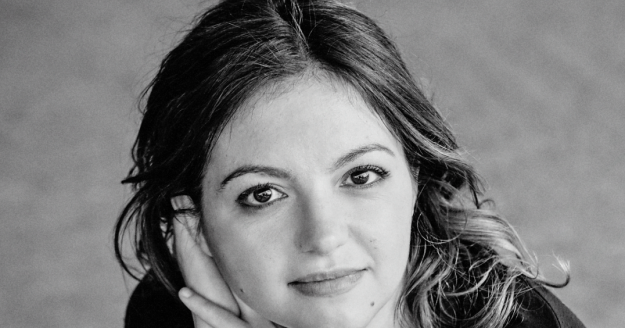
Accompagnamenti Straordinari in de tweede helft van de Zeventiende Eeuw
Maria Gonzalez
This dissertation aims to identify and define extraordinary accompaniments within Italian basso continuo practices (1650-1700), examining their characteristics, classification, and practical application. By analyzing primary basso continuo sources and integrating this knowledge directly into the repertoire, this research bridges the gap between historical understanding and practical use. In doing so, these practices will become much more accessible to performers, scholars, and the broader musical community. Ultimately, this study seeks to revive these accompaniments within current HIPP performance and pedagogy.
Composition, Music Writing and Musicology
Musical Master's Programme
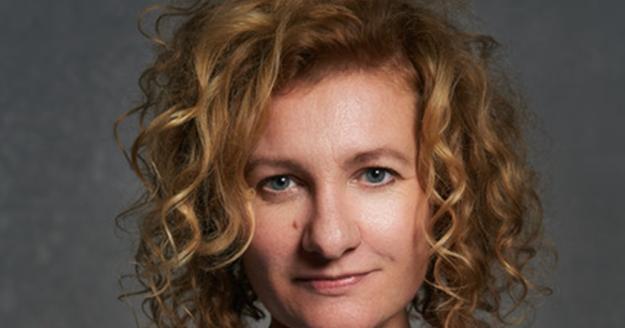
The interacting field between limitation and freedom in musical theatre
An Vanderstighelen
Since the #MeToo movement (2017) is now approximately seven years old, it is time for reflection and evaluation. What are the consequences of the movement for artistic decision-making among Gen Z actors/students during the rehearsal and performance process in musical theater, drama, and television? This research aims to investigate current theater practices regarding #MeToo and analyze how the movement is currently addressed on stage. It seeks to instigate change in backstage theater practices. Several questions arise in this context: What changes have occurred because of or thanks to the #MeToo movement? What are the implications for the cultural field as well as within the pedagogical context of musical theater and drama? What are the consequences for artistic creation? And how can we preserve the teaching of drama and the narrative spectrum of actors in this changing world without compromising safety and mutual consent?
Jazz, Improvised and Popular Music
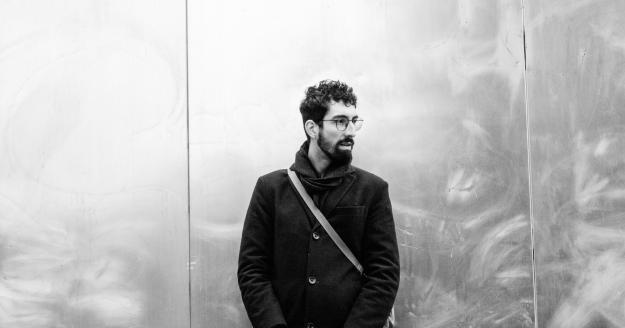
Crossing Universes: Bow improvisation by combining classical and jazz music
Filippe Caporali Leonelo
Within jazz, the use of the bow for improvisation is considered an enriching technique for developing an instrumental idiom on the double bass. Throughout history, many bass players have developed their own approach to bow playing, but the lack of specific material dedicated to arco improvisation within improvised jazz and other non-classical genres means that this practice remains largely underutilized. This doctoral research aims to develop, based on artistic practice, a string method for double bass that combines elements from jazz and western classical music, with a focus on improvisation. The different ways of phrasing, the specific vocabulary and timbre, the need for flexibility to compose “on the spot” and to interact spontaneously creates inherent problems for which the tools provided in jazz and classical music training are not always sufficient.
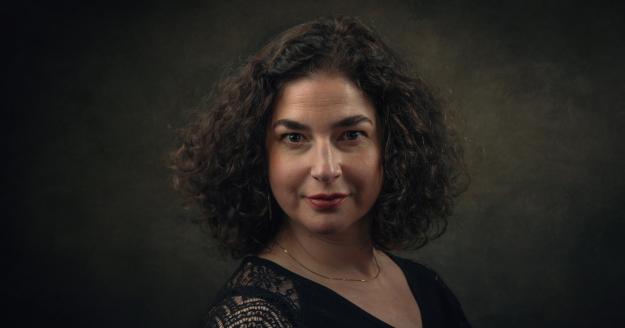
Contemporary Vocal Jazz: An Artistic Cartography Of European Encounters
Barbara Wiernik
While American vocal jazz is well-established, European vocal jazz is still defining its unique identity. Since the 1970s, it has blended local influences with jazz traditions, resulting in a rich and diverse musical landscape. European singers have continually pushed boundaries by merging voices with instruments, exploring new sonic territories through improvisation, and adopting various distinctive techniques. This fusion not only enhances the local jazz scene but also contributes to the cultural diversity of vocal jazz on a global scale. As a musician and researcher, I employ an artistic practice-based approach. Through indepth encounters with singers and jazz historians, I delve into the evolving role of the jazz singer and the current trends shaping vocal jazz in Europe. This methodology allows me to uncover the dynamic innovations driving the genre forward.
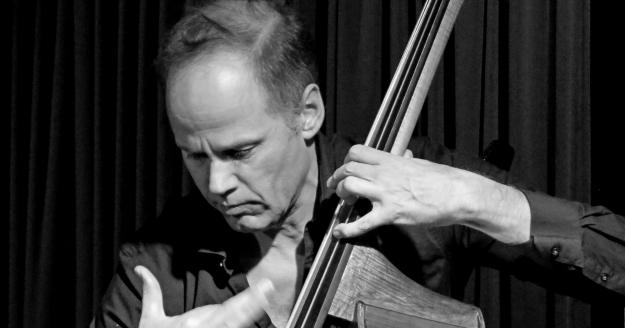
Possibilities and Directions, a New Approach in Double Bass Improvisation
Stefan Lievestro
In free improvisation on double bass, the area in between functional contexts on the one hand and the creation of unconventional sounds by means of extended techniques on the other, remains largely unexplored. By means of investigating the structures and mechanisms in the free and modal improvisations of Herbie Hancock, and modifying these materials in accordance with the limitations and possibilities of the contrabass, Stefan aims at developing strategies and methods that should enable bassists to achieve a higher level of cohesive abstraction in the realm free improvisation. Free improvisation is very much about interaction and intuition, but the more readily available, practical information there is for intuition to work with – the larger the base of applicable knowledge – the deeper, richer and freer, personal expression in free improvisation will be.
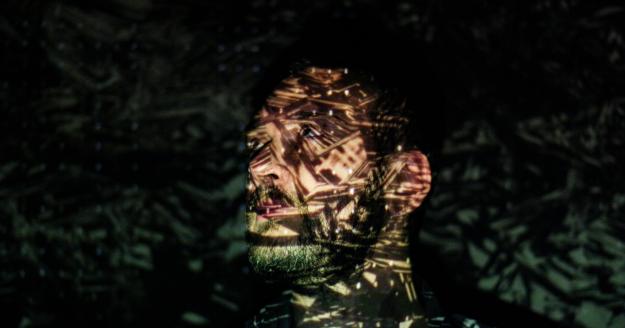
Spectral techniques in jazz performance
Piergiorgio Pirro
Spectralism is an attitude toward musical composition that emerged in 1970s Europe, particularly through the work of a group of French composers such as Gérard Grisey and Tristan Murail. Spectral music shifts attention from discrete musical categories towards notions of process, continuity, and the exploration of perceptual and cultural thresholds. This research project takes a spectral approach to music making in small jazz ensembles, exploring the implications of the cognitive and aesthetic paradigms that spectralism has to offer. Piergiorgio Pirro has a particular interest in developing new sounds and harmonies that go beyond the capabilities of the equally tempered piano, while exploring the ways that the change towards a spectral attitude affects the jazz ensemble as a creative collective.
Educational Master in Music
Cocreation in artistic learning environments: In search of language for a creative void.
Maarten Vandenbemden, Elisa Medinilla Aldana & Anneleen De Causmaecker
From the research theme of the Educational Master's Degrees in the Arts, “Homo Ludens,” within this action research we explore the artistic and pedagogical space that is created in cocreation between artist-teachers and their students. As facilitators of didactic processes and with the responsibility for competence development in pupils, exploring this space is a challenging process of letting go and slowing down (after educational educator Gert Biesta, 2004). In this situation, however, a unique learning environment emerges that is not only developmentally stimulating but also distinctly artistic.
As an interdisciplinary team of professional artists and teachers, active in the arts as well as in (higher) art education, we investigate with our students within the metropolitan context of Brussels possible strategies to put this process into practice.